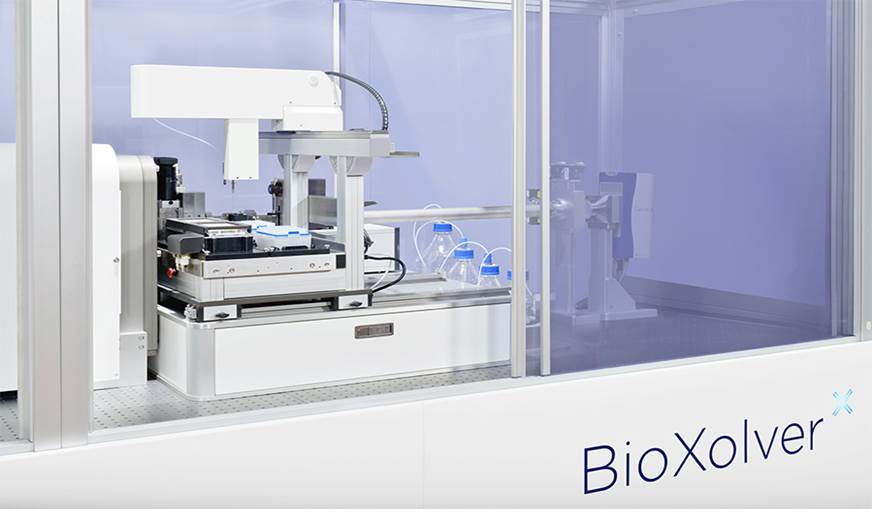SAXS/WAXS Instrument
Price: Contact
Model: BioXolver
Brand: Xenocs
Origin: France
1. Accelerate your biostructural research.
SAXS has a proven track record for reliable determination of shape, related parameters and even dynamics and interactions of macromolecules in solutions.
Until now, SAXS measurements were limited to synchrotron facilities or low throughput laboratory setups requiring large quantities of sample.
The BioXolver, with its unique features, overcomes these limitations. It offers high data quality, fast full automation of multi-sample measurements and data analysis, combined with the capability to work reliably with very small volumes of sample. Best of all, this capability is available right in your lab, allowing you to shorten your development cycle and accelerate your biostructural research.
2. Specifications
Benefiting from 20 years of continuous R&D in SAXS from Xenocs, the BioXolver offers a unique combination of both the capability to study low scattering biological solutions and a unique level of automation.
Key features include:
- High intensity source and optics
- Clean beam and beamstopfree technology for high data quality
- In-line pipetting robot for tubeless sample loading to prevent contamination and sample loss. With full robotic solution handling and delivery, the BioXolver can be set up with multiple samples, dilutions, buffers and automated to run over days.
- BioCube sample cell with machine vision control and loading of 5 µL volumes (This is unique on the market.)
- In-line size-exclusion chromatography (SEC) directly coupled with SAXS and UV-VIS for investigation of complex samples.
The BioXolver opens the way for routine characterization of biological macromolecules in the laboratory, thereby providing rapid feedback for biostructural investigations, protein formulation and crystallization studies.
3. Applications
- Structural biology
- Optimize protein crystallization conditions. Monitor protein behavior in vitro. Identify systems for drug delivery.
- Characterization at the nanoscale can help you find answers.
- With X-ray scattering in your lab, you can for example:
- Study the interactions between proteins (higher-order structure), including stability and aggregation pathways
- Determine protein size, molecular weight, degree of folding, radius of gyration, low-resolution 3D protein shape and maximum intra-particle distance.
- Analyze the formation and structure of liquid crystals in lipid drug delivery systems
- Access the structure of intrinsically disordered proteins and RNA and quantify movements of flexible domains.



Reviews
There are no reviews yet.